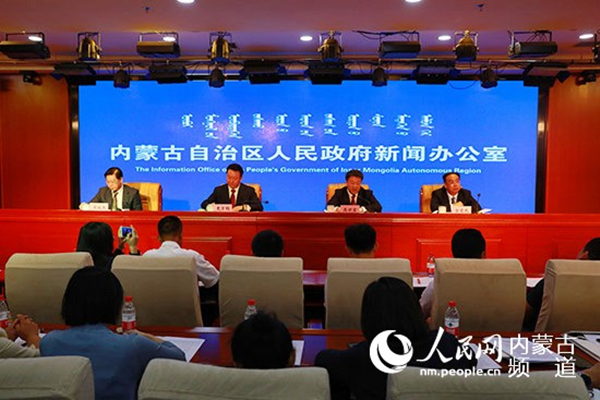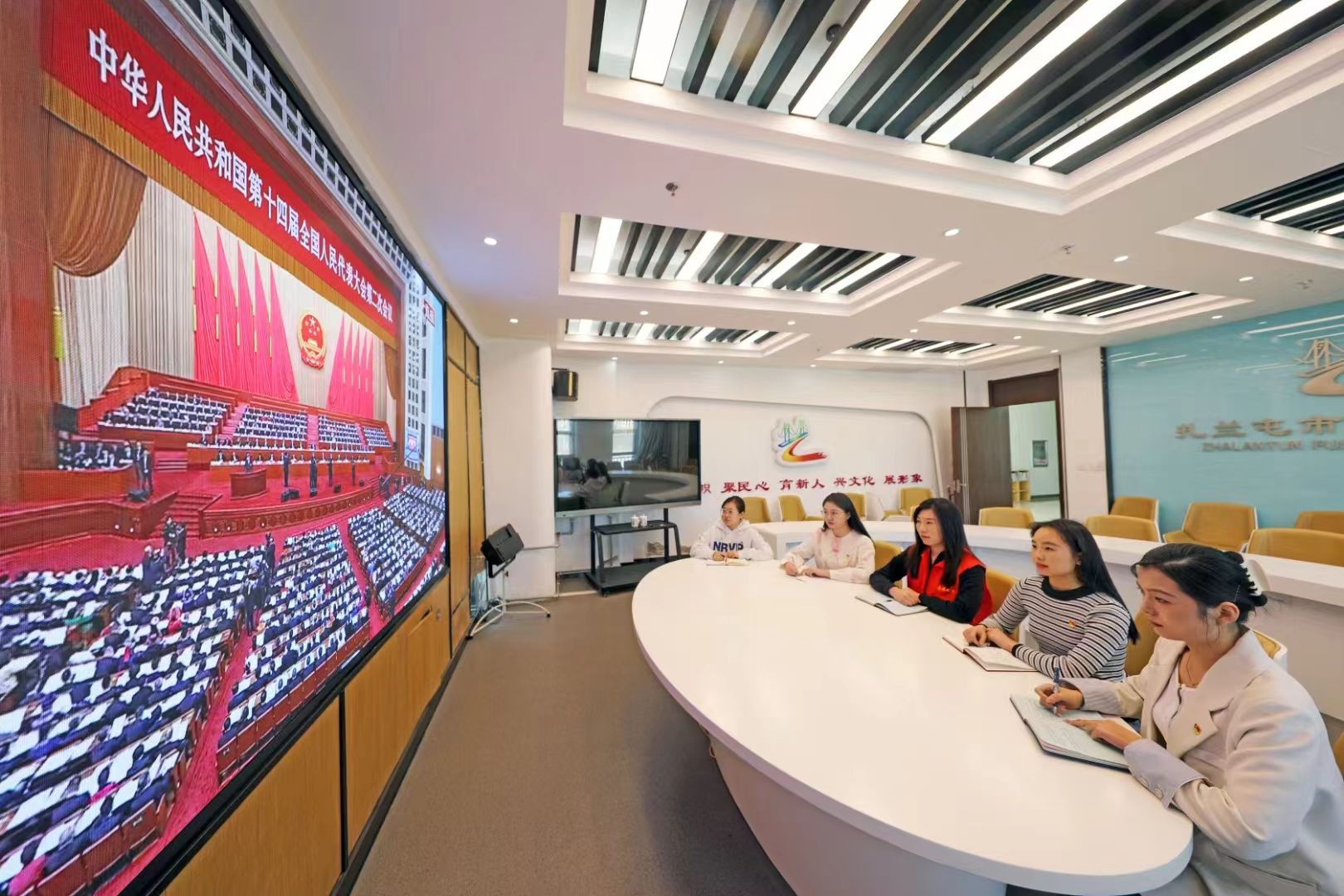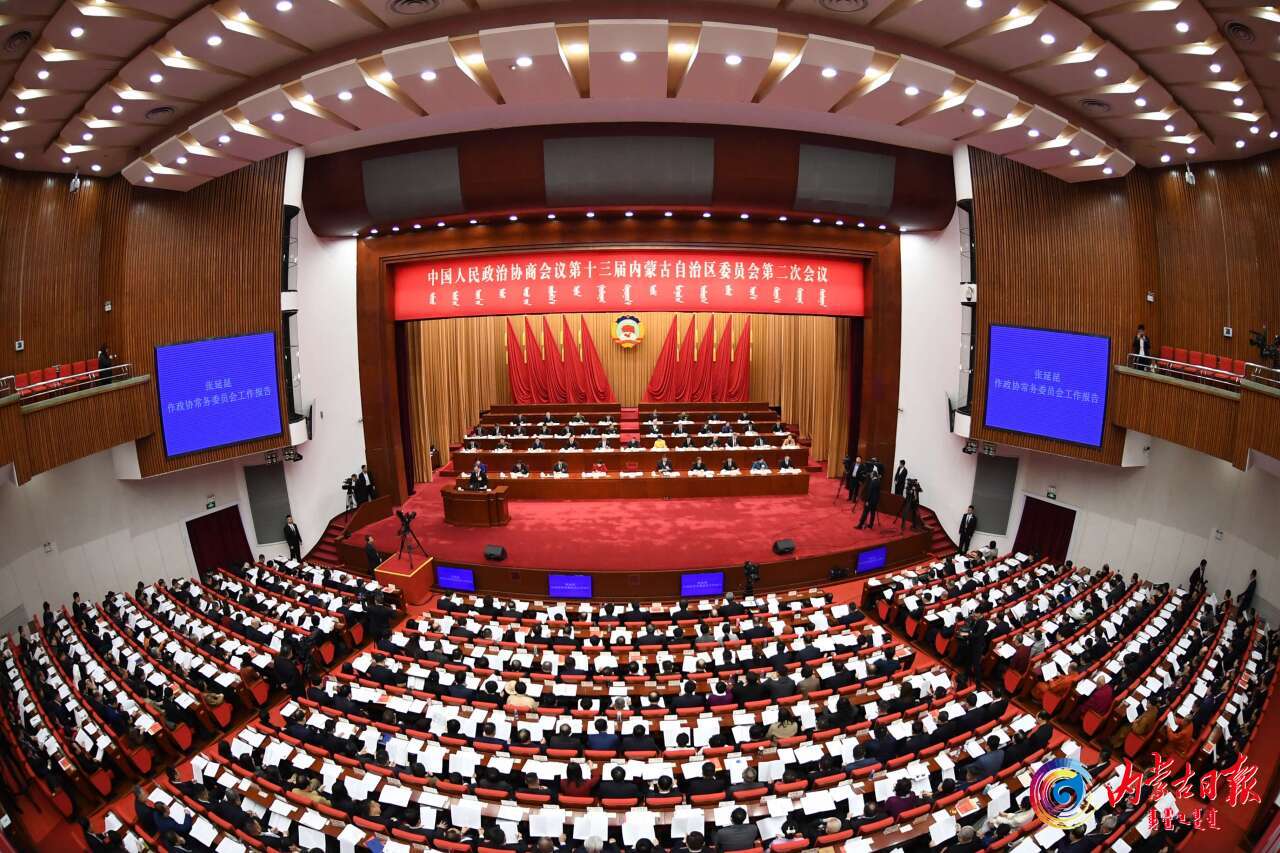Wuhai counts achievements of past 70 years

Officials from Wuhai, a city of North China's Inner Mongolia autonmous region, answers questions from media reporters at the press conference held in Hohhot, the capital of the region on Aug 29. [Photo/nm.people.cn]
Since the founding of the People's Republic of China in 70 years ago, the overall GDP of Wuhai -- nowadays a modern industrial city located at the west of North China's Inner Mongolia autonomous region -- has experienced exponential growth.
Wuhai's GDP has increased in the period by 116 times, with an average annual growth rate of 12 percent; and its per capita GDP has increased by 51.3 times, with an average annual growth rate of 10.1 percent, according to statistics announced by local officials at a special press conference held in Hohhot, capital of the region, on Aug 29.
The press conference is part of a series of events being held in Inner Mongolia to report on the region's achievements over the past 70 years and to celebrate the 70th anniversary of the founding of the People's Republic of China.
As a typical industrial city, the biggest advantage of Wuhai is its resources but they also in the past led to its big challenge in the form of pollution and damage to the environment.
In order to solve the problem posed by the basic structure of its industry, for many years the local government has been exploring and promoting high-quality economic development. It has given full play to the competitive advantages of traditional industries and developed a modern energy economy.
In recent years, the local government has promoted construction of a hydrogen economy demonstration city, among other things and focused on tapping a number of synergistic and complementary energy sources, as well as their comprehensive, intensive and efficient utilization.
At the same time, the local government has continuously developed strategic emerging industries, promoted the development of an integrated military-civil sector and sought to diversify development.
At present, the city has initially formed an economic structure with the energy, chemicals, building materials and metallurgical industries as the leading industries.
In addition, strategic emerging industries -- such as new materials and equipment manufacturing, modern service industries and agriculture -- are being developing simultaneously.
In terms of improving people's lives, since 2007 Wuhai has invested over 30 billion yuan ($4.18 billion) in the construction of 150,000 government-subsidized residential housing units covering 13 million square meters. The living conditions of over 100,000 houses have been thoroughly improved and the per capita housing area has increased from less than 15 square meters to 35 square meters.
In addition, more than 40 kindergartens have been built and expanded, taking the local children's gross enrollment rate to 79.6 percent.
At the same time, Wuhai has implemented various measures to ensure that medical insurance reimbursements can be settled directly in different regions and across provinces. Officials also said the average price of drugs has dropped by 13 percent.
Moreover, the coverage of social insurance has been continuously expanded in Wuhai. At present, the number of insured persons with basic medical insurance in the city has reached 382,000, which is nearly 300 percent higher than that in 2001.



 Print
Print Mail
Mail





